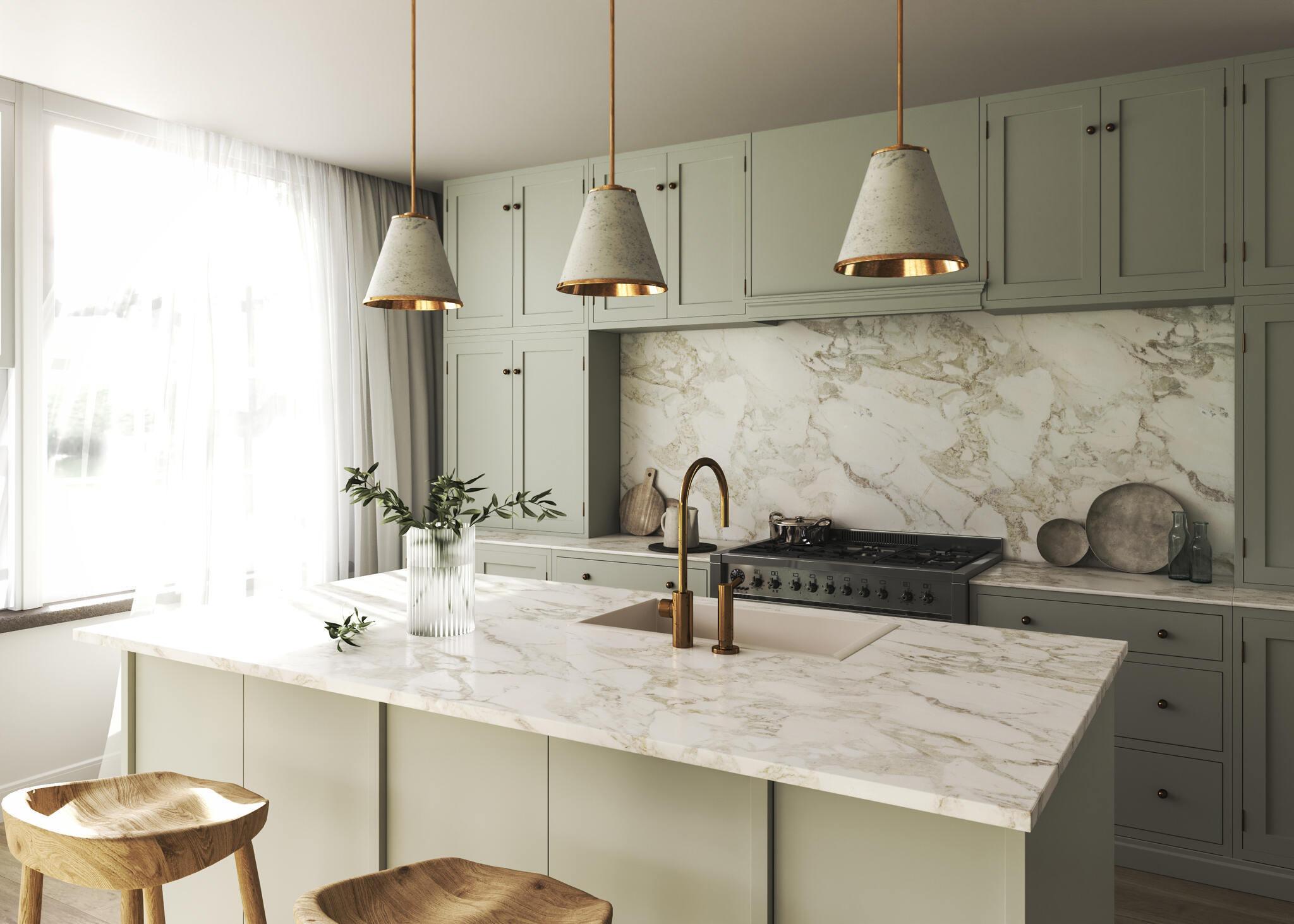In the modern kitchen, functionality and comfort go hand in hand. Selecting the right appliances for ergonomics is not just about creating a visually pleasing space; it’s about optimizing the usability and efficiency of your culinary haven.
It all revolves around the principles of convenience, accessibility, and user-friendly design.
From smartly designed ovens that simplify cooking to intuitively placed refrigerators that reduce unnecessary bending and reaching, every choice impacts your cooking experience.
In this comprehensive guide, we’ll explore how you can design an ergonomic kitchen by thoughtfully selecting appliances, making your cooking and meal preparation a seamless and enjoyable endeavor.

How do you choose the right kitchen appliances?
Prioritizing convenience and accessibility can significantly enhance functionality and reduce the risk of strain or discomfort. Let’s see how the right choice of appliances can help you achieve this
1. Assess your kitchen layout and workflow
Begin by evaluating your kitchen’s layout and how you typically move within the space. Identify high-traffic areas and the locations where you perform various tasks, such as meal preparation, cooking, and cleanup.
This analysis will help you determine where to place key appliances for maximum ergonomic benefit.
2. Consider your height and reach
Make sure you take your height into account. Appliances like ovens, microwaves, and dishwashers should be positioned at a height that allows you to access them comfortably without straining or stretching.
This prevents unnecessary back or shoulder strain during daily kitchen activities.
Read also: Read to Know What a Prefabricated Home Is
3. Opt for user-friendly controls
Look for appliances with intuitive and user-friendly control panels. Clear labeling, well-placed buttons, and easy-to-read displays can make operating simpler and reduce the risk of errors.
Touchscreens and digital interfaces should be responsive and straightforward, reducing the risk of errors and ensuring a smoother cooking experience.
4. Prioritize adequate counter space
Ensure you have ample counter space near key appliances like the stove and refrigerator. This provides a convenient workspace for food prep and allows you to easily transfer ingredients between appliances, promoting efficient cooking and meal preparation.
A well-designed kitchen island can also serve as a versatile workstation.
5. Choose appliances with adjustable shelving
Refrigerators and ovens with adjustable shelving or racks offer versatility in accommodating different-sized items. This adaptability allows you to optimize the storage and organization of your kitchen, reducing the need for excessive bending or reaching while significantly enhancing organization.

6. Select energy-efficient appliances
Energy-efficient appliances not only save you money on utility bills but also reduce your environmental footprint. Look for those with high ENERGY STAR ratings, as they are often designed with modern, ergonomic features that enhance usability and sustainability.
7. Invest in pull-out or roll-out shelves
Cabinets and pantry shelves with pull-out or roll-out mechanisms can significantly improve accessibility.
These shelves eliminate the need to reach into deep, dark corners and make it easier to find and retrieve items, promoting a more ergonomic kitchen experience and efficient storage.
8. Consider drawer dishwashers
Drawer dishwashers are an ergonomic alternative to traditional models.
They eliminate the need to bend over to load and unload dishes, making the process more comfortable, especially for those with back or mobility issues. In addition, it makes the cleaning process more simple and efficient.
9. Evaluate noise levels
While not often considered part of ergonomics, noise levels can affect your overall kitchen experience. Dishwashers, blenders, and range hoods can be noisy appliances.
Choosing quieter models or installing sound insulation can create a more pleasant and less stressful cooking environment.
10. Ensure adequate lighting
Finally, proper lighting is also an essential aspect. Well-lit workspaces reduce eye strain and make tasks like chopping, cooking, and reading recipes easier.
Install task lighting under cabinets and above cooking areas to illuminate specific work zones effectively.
Additionally, consider adjustable options to tailor the brightness to your needs, enhancing both safety and comfort in your kitchen.



